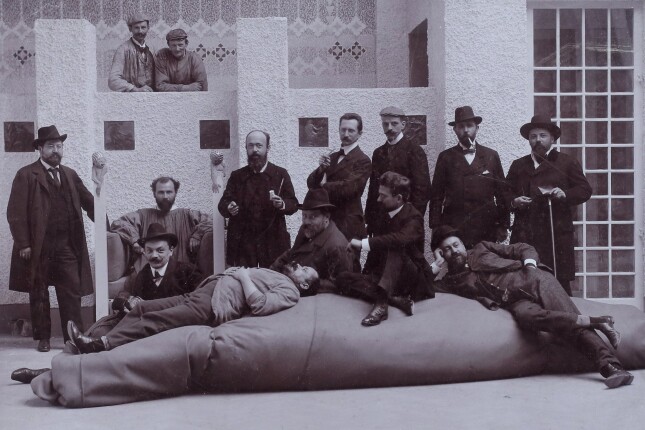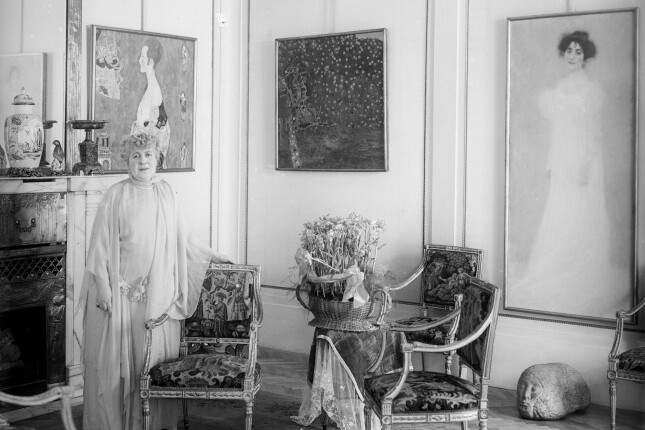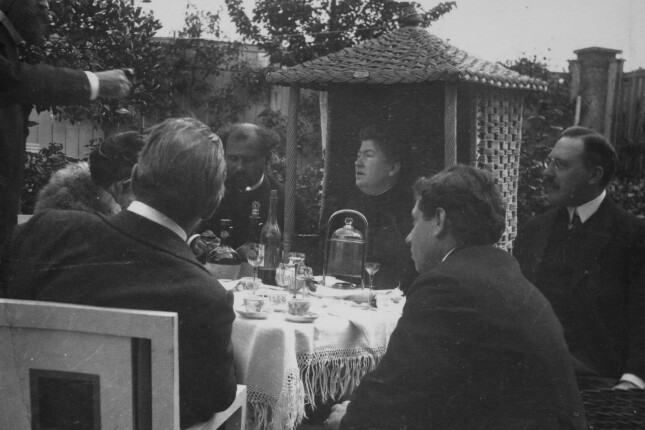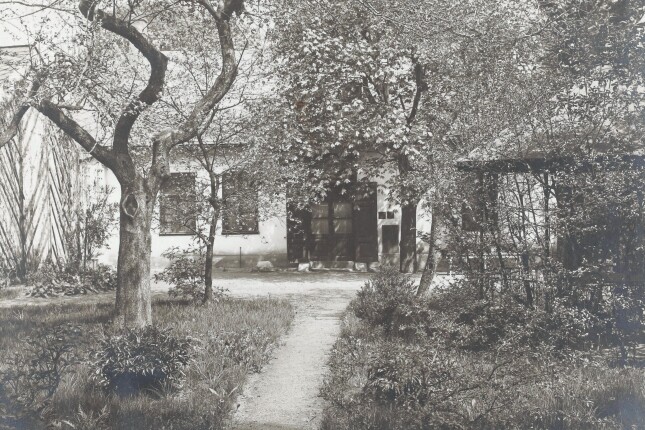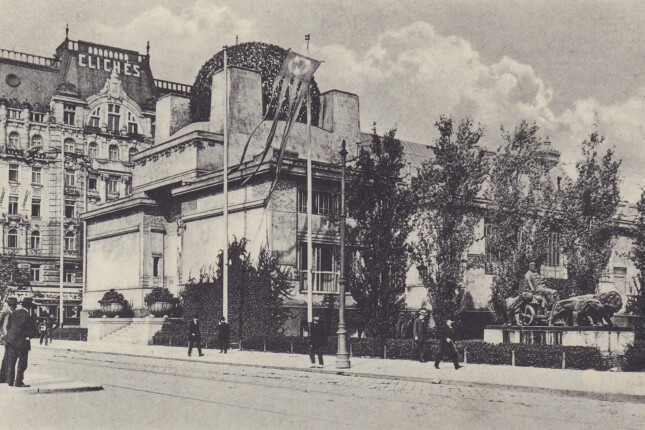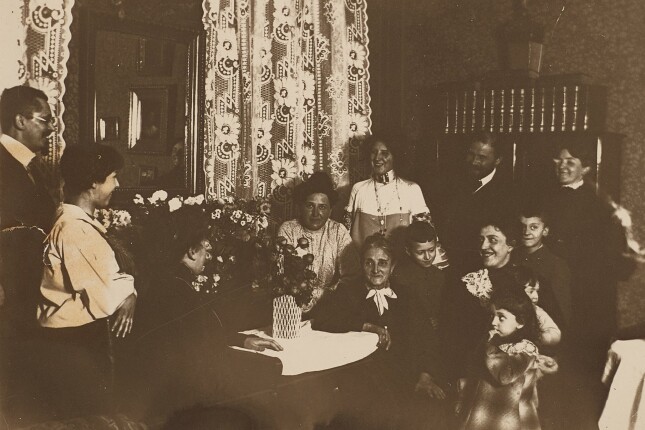
Family and Environment
-
The Klimt Family
-
The Flöge Family
-
The Zimpel Family
-
The Donner Family Available soon
-
The Ucicka Family
-
The Zimmermanns
-
The Huber Family
-
The Paulick Family
-
The Bacher Family Available soon
-
The Sodoma Family
-
The Brauner Family Available soon
-
The Rhomberg Family Available soon



